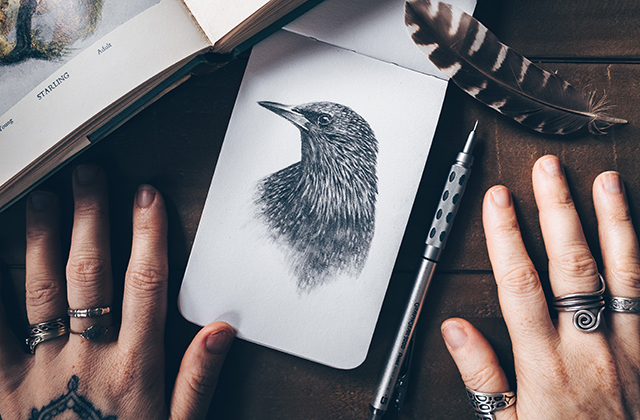In the ever-evolving world of social media, Instagram Stories have emerged as one of the most powerful tools for content creators and businesses to engage with their audience. With over 500 million daily active users, Instagram Stories offer a dynamic platform to share your brand’s narrative, connect with your followers, and stand out in a crowded digital landscape. One effective approach to crafting compelling Instagram Stories is through storyboarding. In this article, we’ll explore how you can harness the power of storyboarding to create captivating Instagram Stories that leave a lasting impression. Storyboard artists Sydney are pretty familiar with how instagram works for creating content for artists.
What is Storyboarding?
Storyboarding is a visual planning technique used in various creative fields, such as filmmaking, animation, and advertising, to outline the sequence of events or ideas in a visually organized manner. It involves sketching or laying out key scenes or frames to map out the flow of the story. While it may not be a common practice for Instagram Stories, applying storyboarding principles can help you create content that is more cohesive, engaging, and memorable.
Why Use Storyboarding for Instagram Stories?
Storyboarding isn’t just for movies or animations; it can be a valuable tool for Instagram Stories too. Here are some compelling reasons why you should consider incorporating storyboarding into your content creation process:
- Enhanced Visual Consistency: Storyboarding allows you to plan the look and feel of your Stories in advance. This ensures that your content maintains a consistent aesthetic, reinforcing your brand identity.
- Better Storytelling: By sketching out your story’s structure and visual elements, you can refine your narrative and make it more compelling, ensuring that your message is clear and engaging.
- Efficiency: Planning your Stories in advance can save you time and effort when it comes to shooting and editing. You’ll have a clear roadmap for your content, reducing the need for last-minute adjustments.
- Attention-Grabbing Content: Well-structured Stories are more likely to catch the eye of viewers, increasing the chances of them staying engaged with your content.
How to Create Instagram Stories Using Storyboarding
- Define Your Objective: Before you start storyboarding, determine your goal for the Instagram Stories. Are you promoting a product, sharing a behind-the-scenes look, or conducting a takeover? Knowing your objective will guide your storyboard.
- Storyboard Elements: Sketch or outline the key elements of your story, including the opening, middle, and conclusion. Consider incorporating a hook at the beginning to grab your audience’s attention and a call-to-action at the end.
- Visual Elements: Decide on the visual style you want to maintain throughout your Stories. This includes the use of filters, fonts, colors, and any graphics or overlays. Sketch out how these elements will appear in each frame.
- Sequence and Transition: Plan how each frame will flow into the next. Use arrows or lines to indicate the direction of movement or transitions between images and videos.
- Text and Captions: If your Stories include text or captions, plan where they will appear in each frame and what they will say. Ensure that the text is concise and easy to read.
- Engaging Media: If you’re using photos or videos, decide on the content for each frame. Ensure that the visuals are relevant to the narrative and visually appealing.
- Test and Adjust: Once your storyboard is complete, test it by visualizing the sequence of your Stories. Make adjustments as needed to improve the flow and coherence of your content.
- Execution: With your storyboard as a guide, shoot and edit your Instagram Stories. Stick to the plan you’ve outlined, but allow for some flexibility if spontaneous moments arise during shooting.
- Engage with Your Audience: After posting your Stories, engage with your audience by responding to comments, questions, and messages. This interaction helps foster a sense of community and connection.
- Analyze and Adapt: After your Stories have run their course, analyze the engagement metrics to understand what worked and what didn’t. Use this feedback to refine your storyboarding process for future Stories.
In Conclusion
Storyboarding is a powerful technique that can elevate your Instagram Stories to new heights. By planning your content in advance, you can create more visually appealing, engaging, and memorable Stories that resonate with your audience. So, whether you’re a seasoned Instagrammer or just starting your journey, consider adding storyboarding to your content creation toolkit to make your Stories truly stand out in the competitive world of social media. Happy storyboarding and storytelling! Learn how the storyboarding works in social media world.




